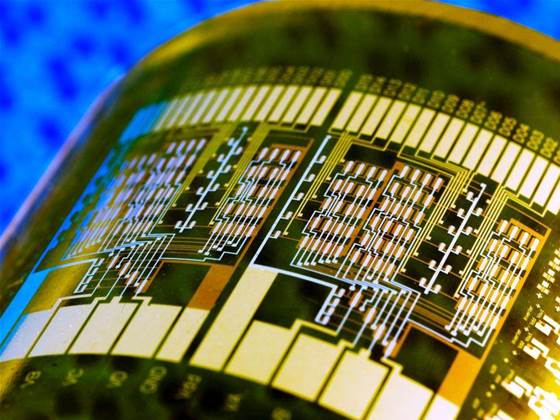
Nanonets expected to have uses in applications such as electronic paper, futuristic car windshields, and an electronic skin that covers an entire aircraft and monitors crack formation.
According to Electrical and Computer Engineering professor Ashraf Alam, current technology does not support flexible electronics, as conventional silicon-based circuits typically are manufactured on rigid wafers or glass plates.
“For these types of applications, manufacturers might literally print, or stamp, circuits onto plastic sheets, like the roll-to-roll printing used to print newspapers,” said Alam, who is researching the manufacture of nanonets with a team of researchers at Purdue University and the University of Illinois.
Recently, the team has been able to overcome the historical issue of short circuiting in nanonets by cutting the network into strips and preventing metallic nanotubes -- which comprise one third of the nanotubes in a transistor -- from overlapping.
The researchers created a flexible circuit containing more than 100 transistors, the largest nanonet ever produced and the first demonstration of a working nanonet circuit, Alam said.
“This is a fundamental advance in how nanotube circuits are made,” Alam said.
“Now there is no fundamental reason why we couldn't develop nanonet technologies,” he said. “If you can make a flexible circuit with 100 transistors, you can make circuits with 10,000 or more transistors.”
Researchers expect nanonet transistors to be best suited for large-scale applications, although they may not be as well suited for the requirements of microelectronic circuits, such as those in computer chips.
Future research may include work focusing on learning the reliability of the carbon nanotube circuits.



.png&h=140&w=231&c=1&s=0)






 iTnews Executive Retreat - Security Leaders Edition
iTnews Executive Retreat - Security Leaders Edition











_(1).jpg&h=140&w=231&c=1&s=0)



